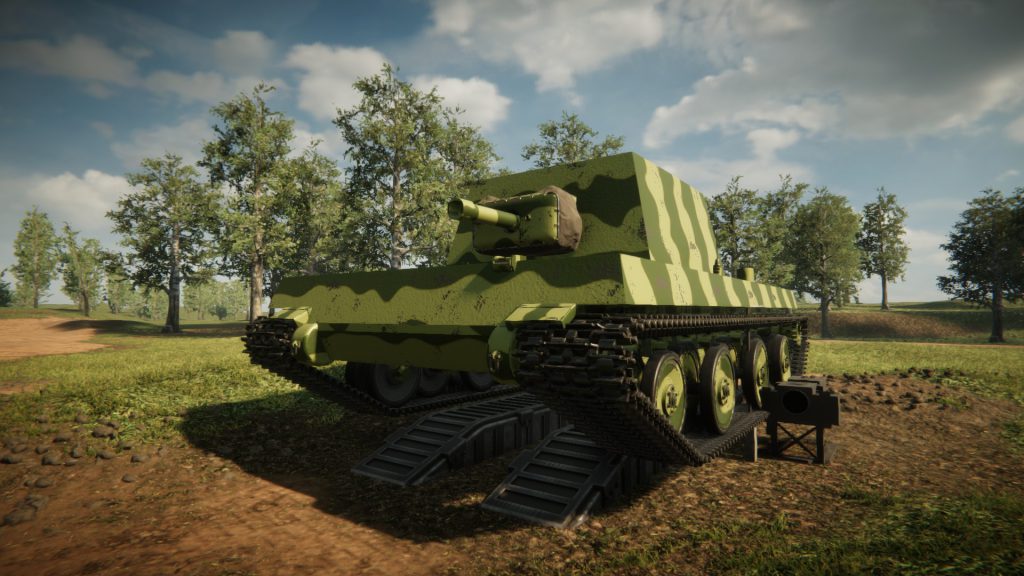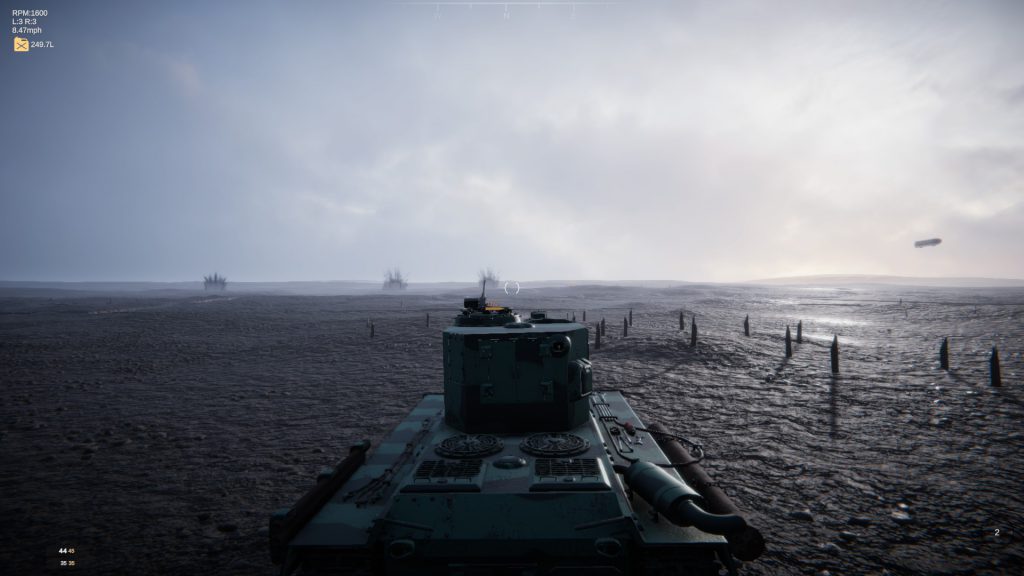Sprocket — The Sandbox Tank Simulator
The popularity of MMO-wargames such as World of Tanks and War Thunder has raised interest in military history since the 2010s. Both games still enjoy substantial popularity, but their niche is still very much underserved even now. This is the same niche that Sprocket wants to fill with its recent Steam Early Access release, but what is Sprocket?
Sprocket is a sandbox and tank combat simulator released into Steam Early Access late August 2021 by Hamish Dunn. It lets you build, drive, and fight against tanks using weapons and technology from the first thirty-odd years of the weapon system’s existence. Today we’ll be doing an overview of the game and its two major components; first the tank builder, then a look at the combat scenarios.
The Tank Builder
Sprocket’s main draw is its tank builder. It forms the first part of this game’s major gameplay loop and is by far the most feature-complete component of the game.

There’s a lot to consider when you want to build a new tank.
You can select the era of your tank design which affects the technology, firepower, and material quality you have access to while building.
You can shape your tank’s appearance which affects more than just aesthetics; it along with how you armor the tank directly affects its survivability, weight, and cross-country performance.
You can design the tank’s suspension, engine, gearbox, and running gear. This is the most in-depth part of Sprocket right now; gear ratios in particular need some understanding of mechanical engineering to optimize. Thankful there’s a growing community for this game on social media if you ever need help figuring it out.

Then there’s the business end of the tank; the main gun. You’re looking for a fine balance between weapon performance, weapon dimensions, and munition size that best fits your vehicle.
Then there’s crew placement. Some parts are mandatory to allow full functionality for the vehicle. The amount of space for the crew is crucial as it directly affects crew performance.
Finally there’s the aesthetic components and a paint tool that are there to give your tank a distinct look and some visual flare and complexity. This is a useful feature to distinguish similar vehicles at a glance.
Sprocket allows you to save components of your vehicles as modules. This is a huge help for fine-tuning and a convenient tool for tank building.
There are a few issues with the tank builder. There’s no undo-redo function, some of the UI elements glitch out at times, and some components don’t change like they’re supposed to. However in most cases these are just teething issues that can and have been ironed out through the game’s constant updates.
Overall, Sprocket’s tank builder is feature-heavy, contains a surprising amount of depth, and is expansive. It has a low skill floor but a high skill ceiling. It’s a fun sandbox to tinker and play with.

Scenarios
This is the second major component of Sprocket as of writing. The game has a (growing) list of combat scenarios where you can take one of your pre-existing designs or build a new tank from scratch and send it up against AI controlled vehicles.
The scenarios, by default, restrict the player to using technology from specific eras. The tanks the player will face will be on their level or slightly below, albeit with a significant numbers advantage in their favor.
The terrain is a hazard. Sprocket’s maps are full of inclines, trenches, craters, and other irregularities which can slow or disable your vehicle. A good designer will make a vehicle that can tackle the terrain. A good commander will do well to use the environment to their maximum advantage.

Sprocket’s combat simulator component is fleshed out. Its weapon and armor mechanics provide a lion’s share of the combat’s depth; things like angling, armor thickness, and more all have to be considered while engaging the enemy.
The AI is serviceable. They operate their tanks competently, they know how to avoid most obstacles, and will attack you relentlessly. They have a tendency to bug out, but are competent enough to be a credible threat in most cases.
The controls, 3rd person view, and first person gunnery view are intuitive and user-friendly. If you’ve played with tanks in other games such as Battlefield, World of Tanks, and especially War Thunder, you’ll be right at home.

Sprocket’s combat scenarios are a spartan but solid component of the game that effectively rounds out the gameplay loop of the Early Access release. It’s a strong first impression and a promise of greater things to come in the game’s future.
Conclusion
That basically sums up Sprocket as a whole at time of writing; a spartan, but solid game and one of the most promising Early Access titles out there. The game is regularly updated and there is an extensive roadmap for the game’s future. Tank enthusiasts will do well to keep a close eye on this game’s continuing development.
You can find Sprocket on Steam.
Nice